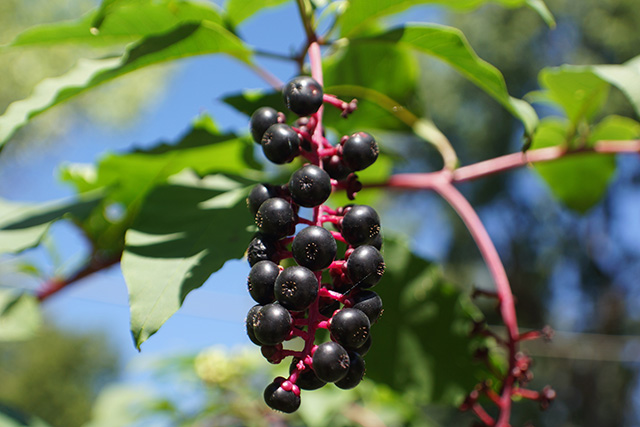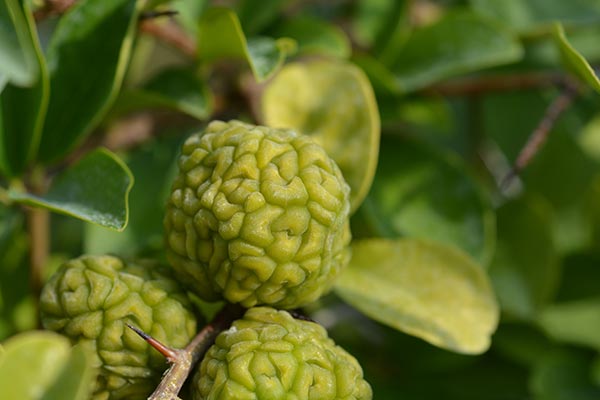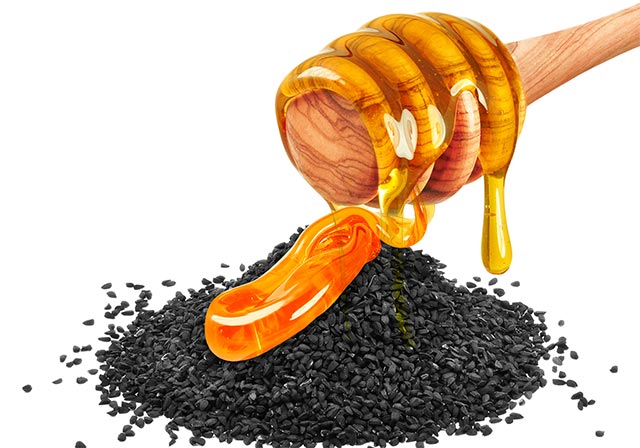Researchers synthesize halichondrin b, a powerful ANTICANCER compound, thanks to “landmark discovery”
03/18/2020 / By Michael Alexander

After more than three decades of research, scientists — in what has been called a landmark discovery — have finally synthesized a powerful anti-cancer compound.
The compound, named E7130, is a type of halichondrin, and was synthesized by a team of researchers from Harvard University in collaboration with researchers at Japanese pharmaceutical company Eisai. The team published their findings in the journal Scientific Reports.
Halichondrins, according to the researchers, have shown potent anti-cancer properties in mouse studies. These compounds, however, are only found in minuscule quantities in Halichondria okadai, a species of sea sponge. In addition to their rarity, the compounds are so structurally complex that prior to this study, they had never been synthesized on a meaningful scale in a laboratory environment.
“It is particularly challenging to replicate because it has 31 chiral centers, asymmetrical points that must each be correctly oriented. In other words, there are roughly 4 billion ways to get it wrong,” the researchers said.
“We spent decades on basic research and made very dramatic progress,” Yoshito Kishi, a professor of chemistry at Harvard, said after their research team successfully synthesized sufficient quantities of E7130.
According to Kishi, whose research was supported by the National Cancer Institute (NCI), this will enable rigorous studies of E7130’s biological activity, pharmacological properties and efficacy. (Related: The power of food cures: Study shows foods like carrots, grapes and oranges have CANCER-FIGHTING properties.)
Halichondrins were first identified 33 years ago by Japanese researchers and sparked immediate interest after scientists recognized that they affected the formation of microtubules, which are essential for cell division.
“At that time, they realized the halichondrins looked exceedingly potent,” Takashi Owa, chief medicine creation officer for Eisai’s oncology business group and a co-author of the paper, said.
“Due to the very unique structure of the natural product, many people were interested in the mode of action, and the investigators wanted to do a clinical study,” Owa explained, adding that until the recent development, a lack of drug supply prevented researchers from doing it.
As detailed in their report, Kishi and the team were able to synthesize E7130 on a scale larger than 10 grams with more than 99.8% purity, thus allowing more opportunities for the researchers to conduct a number of pre-clinical evaluations.
“We are very delighted to see our basic chemistry discoveries have now made it possible to synthesize this compound at [a] large scale,” Kishi said.
In their paper, the scientists also described newly-discovered insights into how E7130 operates.
Aside from confirming the results of past studies which showed that halichondrins can inhibit microtubules, the newly-synthesized E7130 also showed a unique property during in vitro and in vivo studies on animal models: It changes the tumor environment.
According to the researchers, E7130 does this by increasing intratumoral CD31-positive endothelial cells and reducing alpha-SMA-positive cancer-associated fibroblasts, components of the tumor microenvironment that may be involved in the growth’s transformation to malignancy. As per the researchers, this mechanism may improve how well other cancer drugs work.
This discovery, according to Vivian Berlin, managing director of strategic partnerships at Harvard, may hold the key to accelerating the development of new classes of therapeutics that may address important unmet medical needs.
Sources include:
Tagged Under: breakthrough, cancer cures, discoveries, future science, halichondrins, natural cures, natural medicine, research, sea sponges
RECENT NEWS & ARTICLES
COPYRIGHT © 2017 CURES NEWS



















